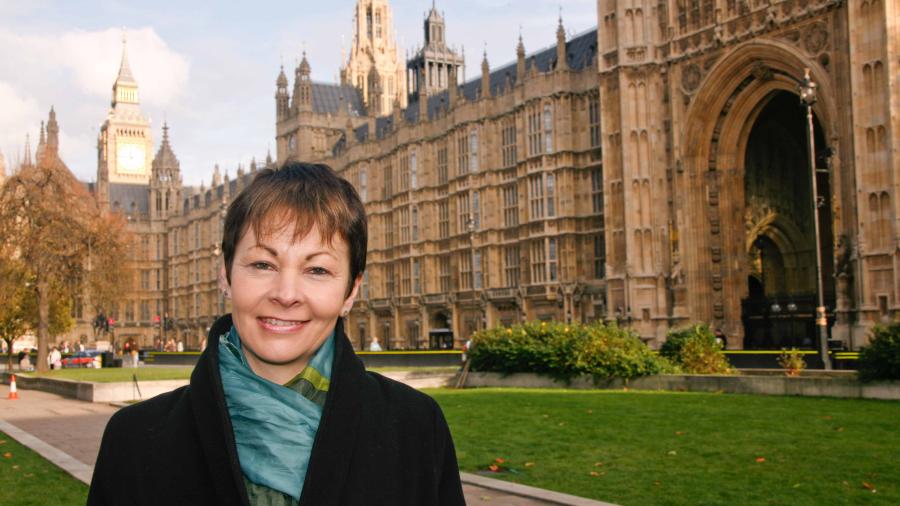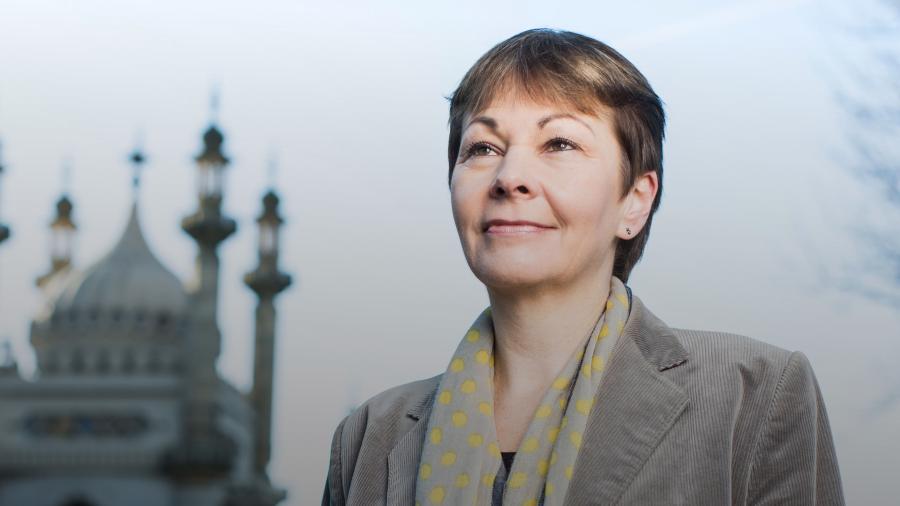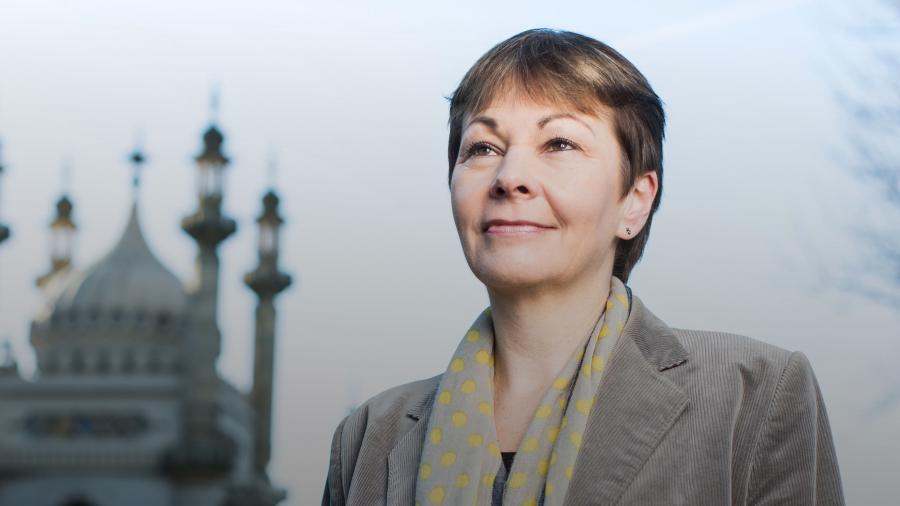I’m in Palestine this week with a delegation from the European Parliament. Our schedule includes meetings with the Palestinian Prime Minister, European Commission representation in Jerusalem and with Israeli human rights groups. This morning, after what seemed like a very short night, we left Jerusalem at 6am to travel to Gaza, still unsure of whether or not the Israeli authorities would let us enter. A couple of hours later, we were in the enormous hangar-like terminal at the Eretz crossing on the Israel-Gaza border, having our passports checked yet again. Finally, there was one last set of checks, and we were through.
We were met by staff of the United Nations Relief and Works Agency (UNRWA), who were to be our guides for the rest of the day. As we drove into Gaza City, the scale of the destruction quickly became apparent. Whole neighbourhoods have been flattened, the concrete walls and floors of collapsed houses jutting out at impossible angles. The human cost of such devastation is almost unimaginable.
Yet one of the things that shocked me too was evidence of the deliberate targeting of Gaza’s industrial areas. Dynamite had been used to blow up enterprises like flour mills, a cement packing operation, even an ice-cream factory. And where tanks and bulldozers had failed to fully destroy the contents of buildings, fires were set alight to do the job instead.
Educational establishments were similarly targeted. The American International School of Gaza seems an unlikely catalyst to unite al-Qaeda-affiliated extremists and Israeli authorities, but in one respect, at least, it has: both of them have been intent on destroying it.
When the Israeli Defence Force brought the school crashing to the ground in January, it was not the first time it had been attacked. Groups affiliated to al-Qaeda had done their best several times before. For them, the school was anathema because it offered Palestinian children an international education, and was based on mixed-sex teaching. That much is perhaps not surprising. But why would Israel so carefully target both this school, and many others in Gaza?
The only answer appears to be that a well-educated, articulate, confident generation of young Palestinians is perceived to be a threat. Yet surely the opposite is true. When we spoke to John Ging, Director of Operations for the United Nations Relief and Works Agency based in Gaza, he told us that one of his priorities is to provide human rights education to Palestinian children. Ironically, however, the text books for the new curriculum can’t be printed, because the Israeli authorities are blocking the entry into Gaza of the paper that’s needed for printing.
And that’s not the only thing being blocked. There are literally tonnes of food and emergency aid waiting at the border to be allowed into Gaza, but the ongoing siege means that nowhere near enough trucks are getting through to deliver it. As world leaders start to prepare for the donors’ conference in Sharm-el-Sheik on Monday, it is absolutely crucial that the siege be lifted. Without that, the best intentions of the international community risk being wasted.
As many Palestinians told us, what they want more than anything isn’t aid, much as it’s needed – it’s justice, which is needed even more. And that justice can only be fulfilled by a lifting of the siege, an end to occupation, and an international enquiry into all breaches of international law during the recent conflict.



Join The Discussion